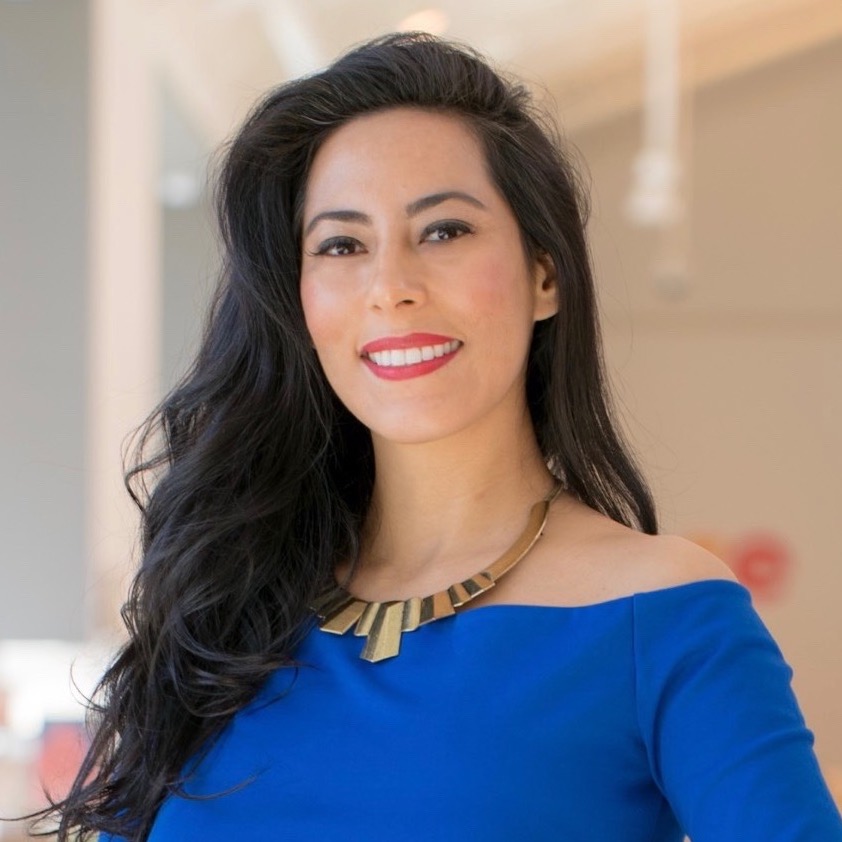
This article is part of a series on “The ROI of Sustainability,” written with the support of MeterHero. MeterHero helps companies and organizations offset their water and energy footprints through consumer engagement. To follow along with the rest of the series, click here.
The world has a waste problem. Every year in the United States (the world’s top waste producer), Americans create 254 million tons of trash – 167 million tons of which end up in landfills. Much of this waste is actually valuable.
Seizing an opportunity to conserve resources, reduce environmental impact and create jobs, the city of San Francisco set a goal in 2002 to achieve zero waste by 2020. Through its three-bin collection system and partnerships with local organizations to raise awareness of waste reduction efforts, the city has already reached 80 percent waste diversion in commercial and residential buildings – and better yet, has found that achieving zero waste can be as good for Mother Earth as it is for municipal wallets.
Trash and treasure
Since its launch, the city’s zero-waste program created policies, financial incentives, and significant outreach to its 850,000 residents and business owners to promote the use of its black-green-and-blue bin system to separate trash from treasure.Unlike trash, items that are composted and recycled create a return for the city. Recyclables are baled and sold to their respective markets: Scrap metal and certain plastics, for example, are often sent to Asia and imported back in the form of new products, and compostables are processed and transformed into nutrient-rich fertilizer, which is sold to local farms. Landfill waste, on the other hand, costs money.
These efforts extend to materials that are harder to recycle, like textiles. As part of its goal to reach zero waste, the city announced a partnership with I:CO last year to facilitate the reuse and recycling of clothing, shoes and textiles within retail stores, residential buildings and donation spots. San Francisco has also partnered with local employers and nonprofits to educate and engage citizens in the process.
“Textiles are one of the top materials that we waste,” said Jared Blumenfeld, former head of the San Francisco Department of Environment and current EPA Region 9 director, in a statement. “In fact, San Franciscans throw away more than 4,500 pounds of textiles each hour to the landfill. This is an unbelievable amount of preventable waste, and we’re excited to see San Francisco companies coming together to reverse this trend."Textile recycling not only conserves raw materials and saves on landfill costs, but when that waste is transformed into new products, such as wall insulation, it also creates new revenue streams.
According to the city’s Department of Environment, the zero-waste program is “funded solely from revenue generated through refuse rates charged to customers” – which range from $25 to $35 a month for a typical household, depending on the size of the black trash bins. Therefore, it’s not an added cost to city dwellers beyond what they were already paying.
Green jobs
Another benefit for local residents is that the program helps create green jobs. The city’s Environment Now green careers program prepares workers for the green economy and helps them access jobs that contribute to the city’s zero-waste goals.Waste diversion-related green jobs are not only positive for the environment, but they also fuel the economy. According to the Blue Green Alliance, the U.S. would gain 1.1 million new jobs if the nation actively diverted 75 percent of its trash from landfill. San Francisco currently employs about 1,050 residents and actively recruits and trains new employees.
Beyond recycling
While San Francisco’s zero-waste goals and efforts are laudable, one critique is the city’s emphasis on the last “R” of the common phrase “Reduce, Reuse and Recycle.”Jacquie Ottman, green marketing pioneer and founder of the waste reduction community WeHateToWaste, sees greater value in educating the public on the merits of reducing overall consumption and reusing products, rather than the consumption-centric focus of recycling.
“The greenest product is the one that already exists,” Ottman told 3p. “We need to reduce and reuse – that means don’t waste. We are missing an opportunity to reinforce that message with consumers.”According to WeHateToWaste, repairing, repurposing and sharing products is the true key to a no-waste mindset. When we find creative ways to use what we already have and reduce our consumption, we get closer to saving natural resources and reducing costs.
The point is: Let’s not pat ourselves on the back too quickly just for recycling that plastic bottle or composting yesterday’s food scraps. Let’s find ways to truly reduce impact by avoiding the creation of waste altogether.
That’s how we can all get to zero waste – and get a nice return on our investments.
Image credit: San Francisco Department of Environment

Nayelli is the Founder & CEO of CreatorsCircle, a resource hub that connects diverse youth with opportunities to create a life of purpose and impact. A trained journalist with an MBA, she also keeps the pulse on sustainable business and social impact trends and has covered these topics for a variety of publications over the past 15 years. She’s a systems thinker who loves to learn, share knowledge and help others connect the dots.














